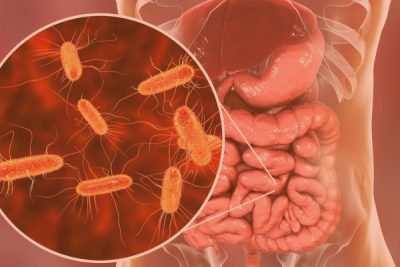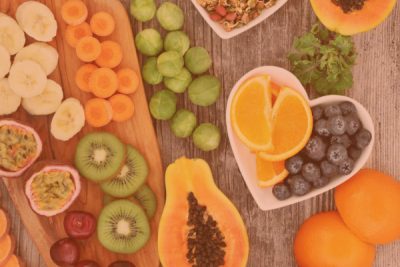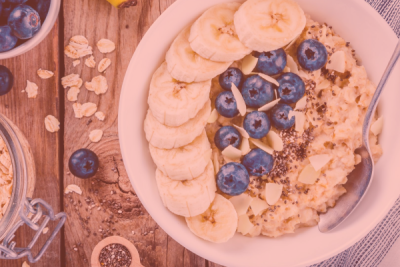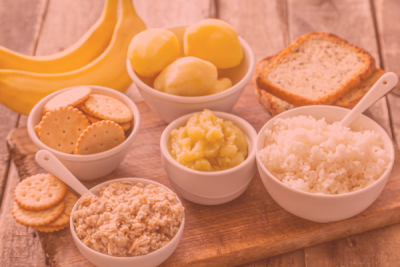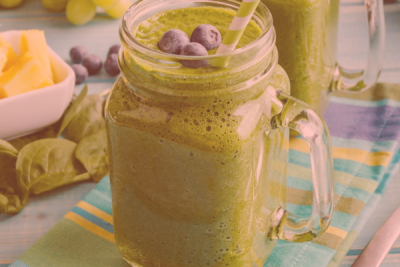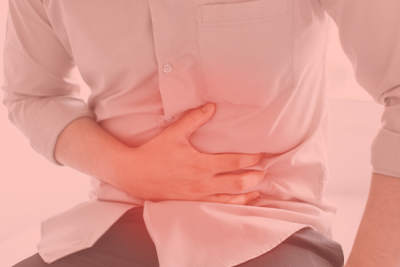Crohn’s disease is a lifelong condition that causes immune reactions and inflammation in the gastrointestinal (GI) tract. Crohn’s disease is a type of inflammatory bowel disease (IBD) such as ulcerative colitis. Crohn’s disease symptoms include diarrhea, abdominal pain, fatigue, weight loss, blood in stools, fever, joint pain, skin conditions, and eye problems.
Crohn’s disease involves phases of active disease, flare-ups, and remission. A Crohn’s flare-up can trigger or worsen symptoms such as bloating, diarrhea, abdominal cramps and pain, loss of appetite, and nausea, and persistent symptoms can lead to malnutrition and dehydration.
One of the best ways to manage Crohn’s disease is to understand how the food consumed affects you.
Foods to eat
- Refined grains: Studies indicate that certain insoluble fibres can worsen IBD symptoms. As refined grains have less insoluble fibre than whole grains, they tend to pass more easily and swiftly through the digestive tract and are less likely to cause inflammation. Examples of refined grains include pasta, white rice, white bread, rice snacks, and plain crackers.
- Low-fibre fruits: Low-fibre fruits are easy on the digestive system while containing various nutrients. Examples include honeydew melon, bananas, cantaloupe, watermelon, raspberries, peaches, and avocados. Ripe fruits generally have less fibre than unripe fruits. Removing the peel or skin from a piece of fruit can decrease the content of insoluble fibres, such as cellulose and lignin.
- Preserving and poaching and preserving fruit can also reduce fibre content. The more processing fruit goes through, the easier it is for the body to digest. Cooked and canned fruits are usually low in fibre. However, they have a high sugar content.
- Vegetables: Consume fully cooked, skinless, seedless, non-cruciferous vegetables such as green beans and carrots are high in fibre. Starchy vegetables such as potatoes and squash can be consumed. Limit the use of oil or butter when roasting or frying vegetables and can boil/steam them since fats can irritate the digestive system and worsen Crohn’s symptoms.
- Lean proteins: Protein is a vital component of a balanced diet and important for overall health. However, many animal protein sources are also high in dietary fats. A high intake of animal fats is a risk factor for developing many IBDs, including Crohn’s. Consuming high levels of dietary fat can also worsen existing IBD symptoms. Prioritizing lean protein sources can help a person maintain adequate nutrition while minimizing the risk of IBD symptoms.
- Eggs are excellent sources of lean protein. Egg yolks also contain high amounts of vitamins A and D of which people with Crohn’s patients often experience deficiencies. Other sources include salmon, tilapia, flounder, white meat chicken, and lean cuts of pork.
- Soy products: In addition to lean protein, soy products such as tofu contain bioactive peptides. Some research also suggests they have antioxidant and anti-inflammatory properties, which may help manage IBD.
- Lean meats: Skinless turkey and chicken are good examples of lean meats. When purchasing red meat, such as pork, it is best to select the leanest cut available and trim any excess visible fat. People experiencing a Crohn’s flare-up cook proteins to a soft texture and avoid tough or chewy meat cuts. Doing so can reduce the burden these foods place on the digestive process.
- Oily fish: Oily fish contain healthy fats, including omega-3 fatty acids which combat inflammation and may help reduce the risk of cardiovascular disease and certain cancers. Health experts often recommend eating at least two servings of oily fish per week. These include salmon, trout, herring, mackerel, sardines, and tuna. To keep fat levels minimal, you can grill the fish or bake them with small amounts of vegetable oil. Other sources of omega-3 fatty acids include chia seeds and flax seeds.
- Yogurt and other dairy products: Many yogurts contain probiotics, which are healthy bacteria that reduce gut inflammation and improve intestinal barrier function. Other dairy products, such as cheese and milk are rich in calcium. Manufacturers may also fortify them with vitamin A. However, many contain lactose, a type of sugar. Some doctors recommend individuals with Crohn’s try eliminating lactose from their diet, as it can trigger digestive discomfort in people with an intolerance.
- Juices: Fruit and vegetable juices (beets, carrots, leafy greens, apples, and pineapple) are low in fibre while retaining high levels of minerals and vitamins. Although it is best to avoid sugar during a Crohn’s flare-up, a daily glass of diluted fruit juice that contains no added sugar can help boost a person’s nutrient intake as part of a varied diet. Vitamin C from fruit juice can also help the gut absorb iron.
- Protein shakes and meal replacements: Sometimes people cannot tolerate any solid foods during a Crohn’s flare. In these cases, doctors may recommend following a liquid diet. Protein shakes are the best way to maximize calories and protein on a liquid diet. Choosing a protein shake that is low in added sugars is important.
- Green tea: Drinking green tea may benefit people with Crohn’s. Multiple studies suggest green tea can have anti-inflammatory properties. This may help reduce symptoms of Crohn’s flares. Green tea is also a healthy alternative to coffee and sugary drinks, which may aggravate Crohn’s symptoms.
Foods to avoid
Avoid trigger foods and foods that can increase active disease risk.
Trigger foods:
Trigger foods include foods that cause unpleasant symptoms such as gas, abdominal pain, and bloating. Common trigger foods and beverages include:
- Foods with high insoluble fibre content (that cannot dissolve in water) can be difficult to digest: apple skin, sunflower seeds, raw kale
- High-fibre foods: Cabbage, Broccoli, Brussels sprouts, asparagus, and cauliflower
- High lactose-containing foods: Cream, cow’s milk, cream, custard, and ice cream
- Artificial sweeteners: mannitol, sorbitol, sucralose, xylitol, saccharin, and aspartame
- Sugary foods: pastries, cookies, honey, coconut sugar, maple syrup
- High-fat foods: cheesy dishes, fried foods
- Spicy foods: chilli powder, sriracha,
- Alcohol
- Caffeinated tea/coffee, energy drinks, and carbonated drinks such as soda
- Wheat bran
Foods that can increase the risk of inflammation:
- Red meat: lamb, beef, veal, pork, bison
- Processed meat: lunch/deli meat, hot dogs, bacon, sausages
- Dairy fat and saturated fats, such as those in butter, mayonnaise, coconut oil, palm oil, and margarine
- Ready meals and processed foods
One could also avoid mushrooms, steak, popcorn, raw nuts, and dried meats or fruit. Tougher-to-digest foods can be reintroduced during remission.
Final thoughts
Oatmeal, mashed potatoes, salmon fillets, avocados, fruit and vegetable juices, eggs, grilled chicken, yogurt, almond milk, and baked apple desserts are gut-soothing foods for Crohn’s patients, whereas foods with high content of insoluble fibres, lactose, sugar, and caffeine content, and processed foods must be avoided. However, Crohn’s disease affects each individual differently, which means there are no hard-and-fast rules regarding which foods to eat or avoid.
The best way to shore up your Crohn’s diet is by assessing your own experience with particular foods. To identify food triggers, maintain a food diary and start eliminating the foods you cannot tolerate. Next, look for nutrient-rich foods that you can digest easily. At the time of a flare-up, it is best to drink plenty of fluids and avoid foods that aggravate Crohn’s symptoms. Eating nutrient-rich foods that are easy to digest can help ease symptoms and promote healing. During remission, it is important to eat a healthy, balanced diet.



